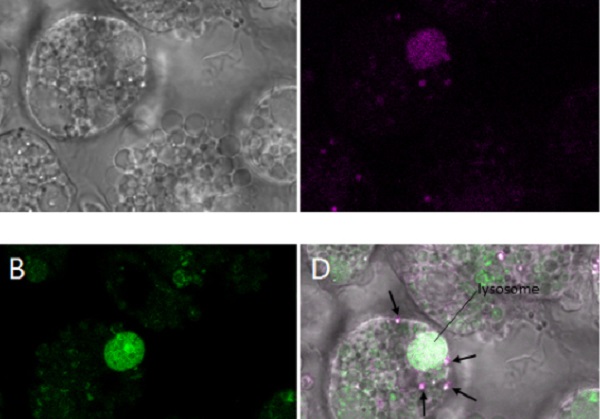Scientists at the JKU have succeeded in activating so-called T-killer immune cells to target affected tumor tissue.

In the fight against cancer, researchers around the world are working toward "mobilizing" their own immune systems. Assoc. Univ. Prof. Wolfgang Schöfberger (Institute of Organic Chemistry, JKU) remarked, "Cancer immunotherapy is one area of hope in the fight against cancer because surgery, chemotherapy and radiation therapy in advanced cases usually fails.” This therapy aims to bring the immune system under control by using special drugs.
Scientists at the JKU have introduced a polymer-active substance into the tumor. “We wanted to activate the tumor’s dendritic cells (DC).” The polymer brings the substance to the tissue’s dendritic cells which function like a target for the immune system.
A particular challenge is precise placement of the active substance in the tumor. A working group under Univ. Prof. Ian Teasdale (Institute for Polymer Chemistry, JKU) has created a water-soluble biodegradable polymer that takes the drug directly to the cell like a taxi and releases it there.
Prof. Schöfberger added, “We have succeeded in activating the DC. These then trigger an immune reaction in killer T-cells. The next step would be to use the active substance to produce tissue inflammation.”
The research findings are part of an FFG project and have now been published in the renowned international journal “Chemistry - A European Journal”.
 Go to JKU Homepage
Go to JKU Homepage








